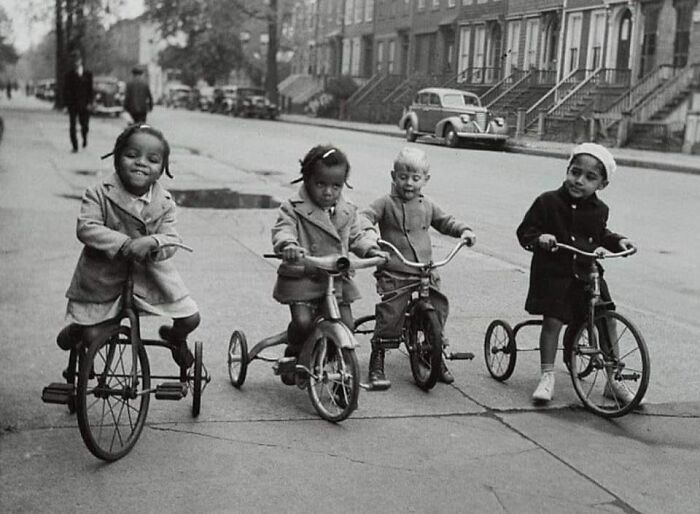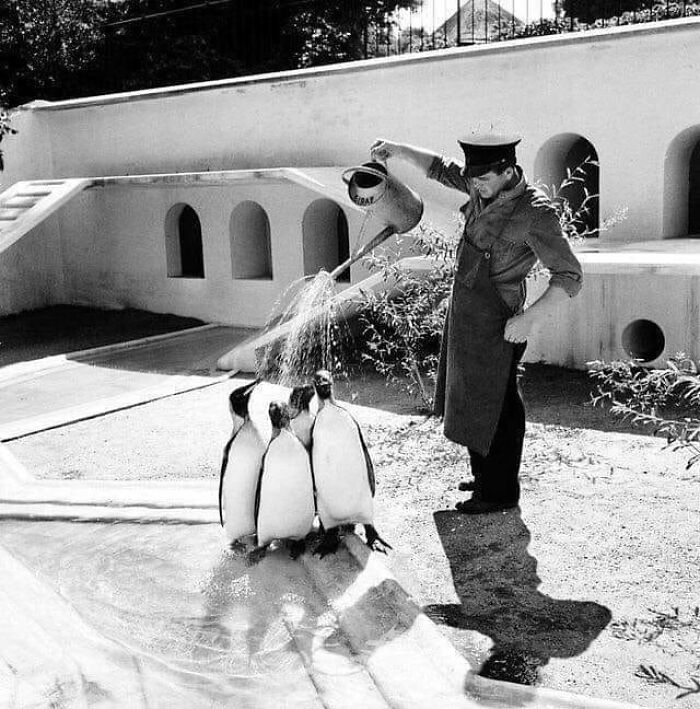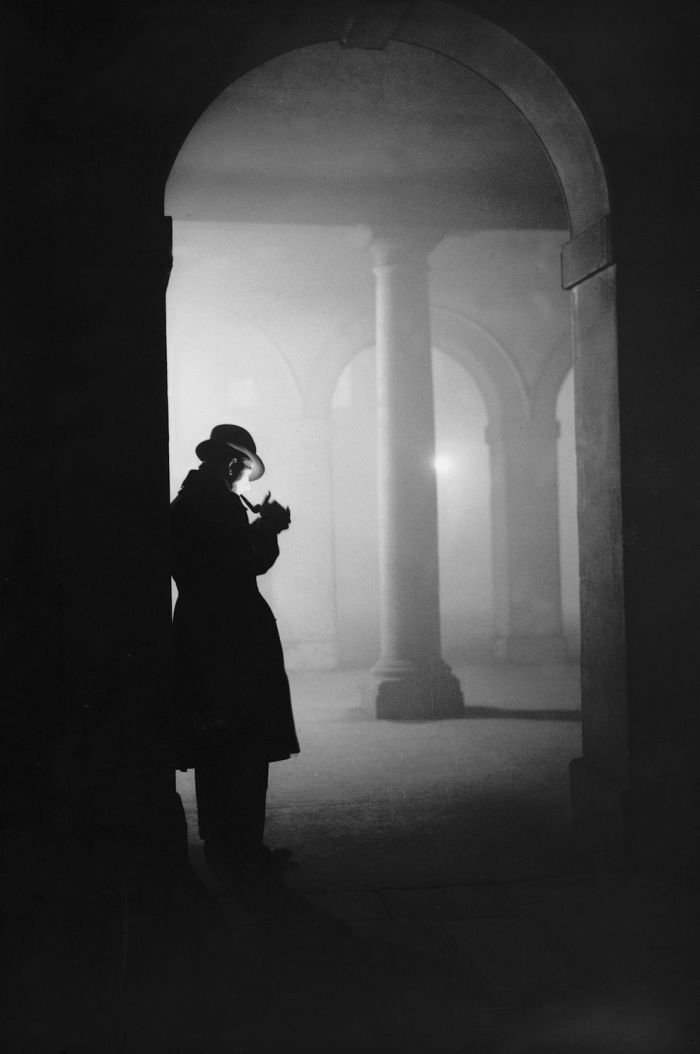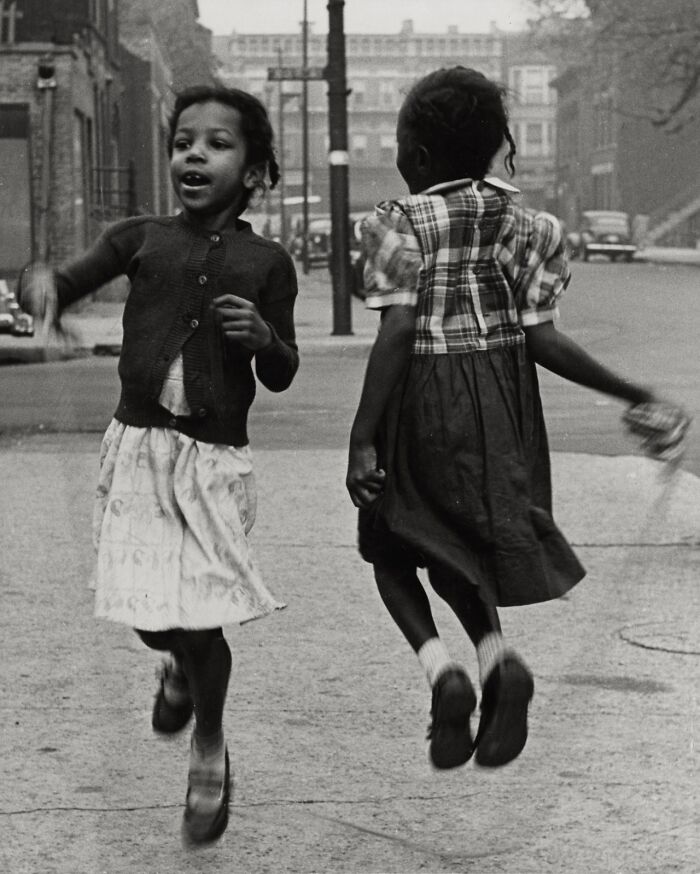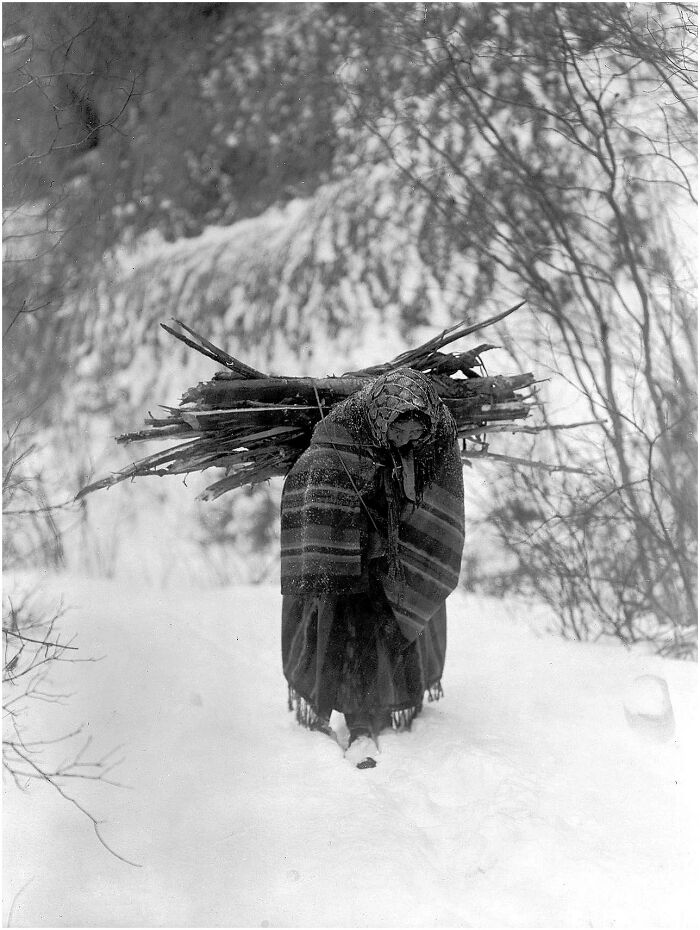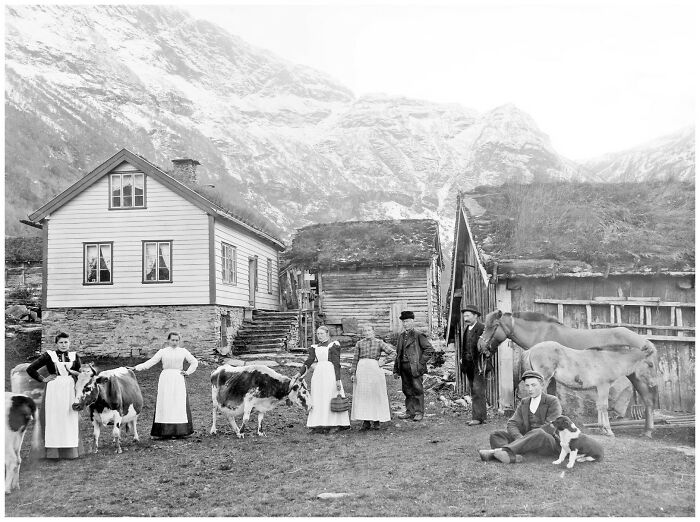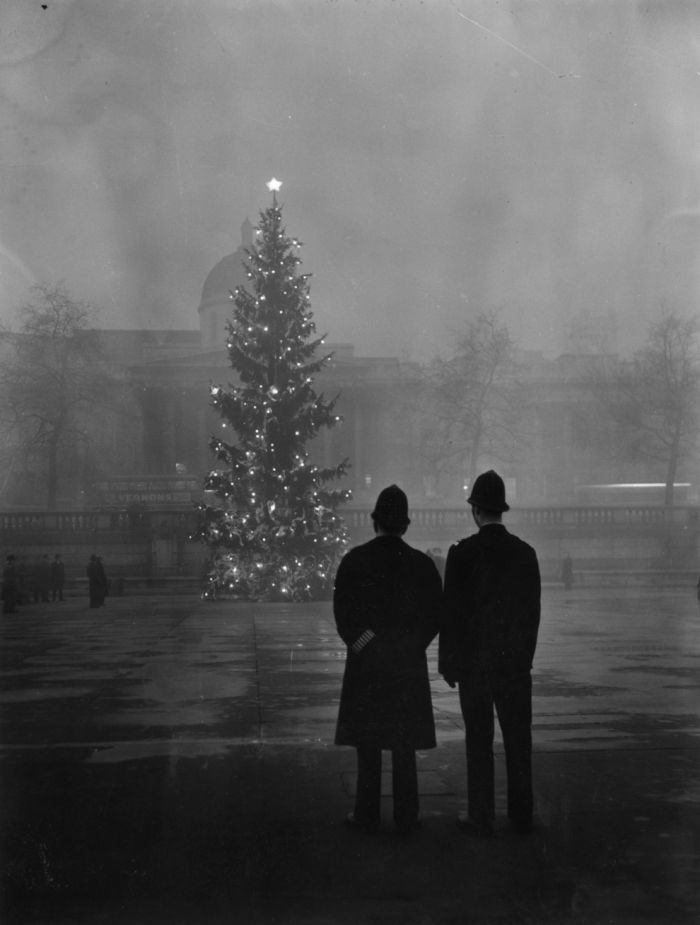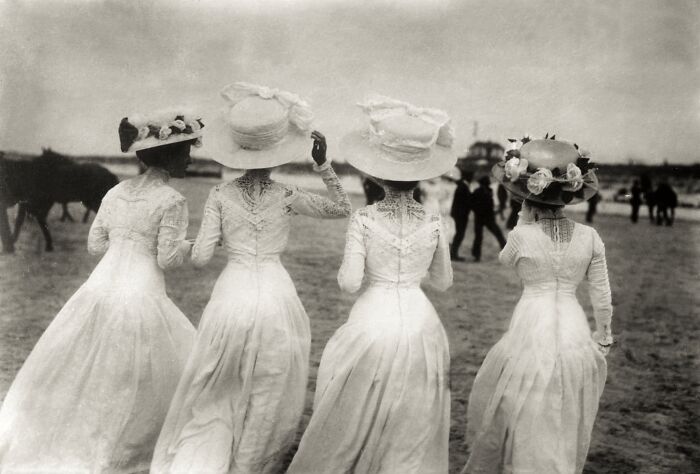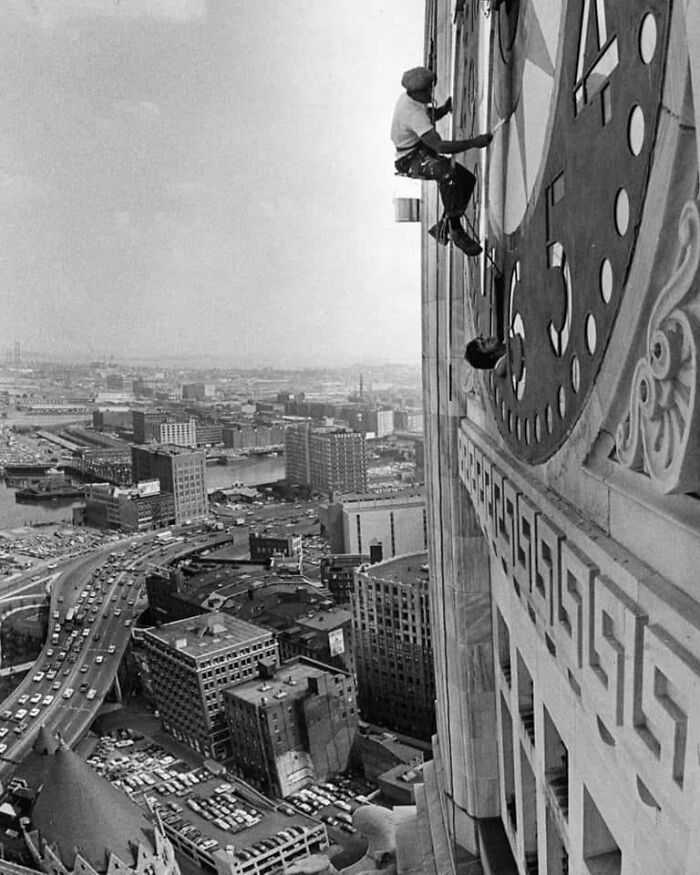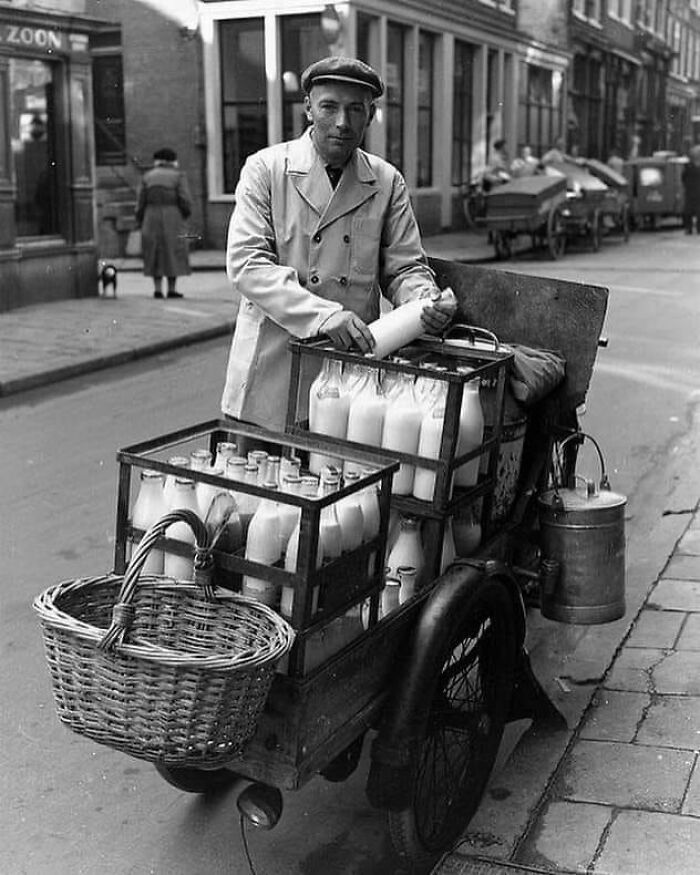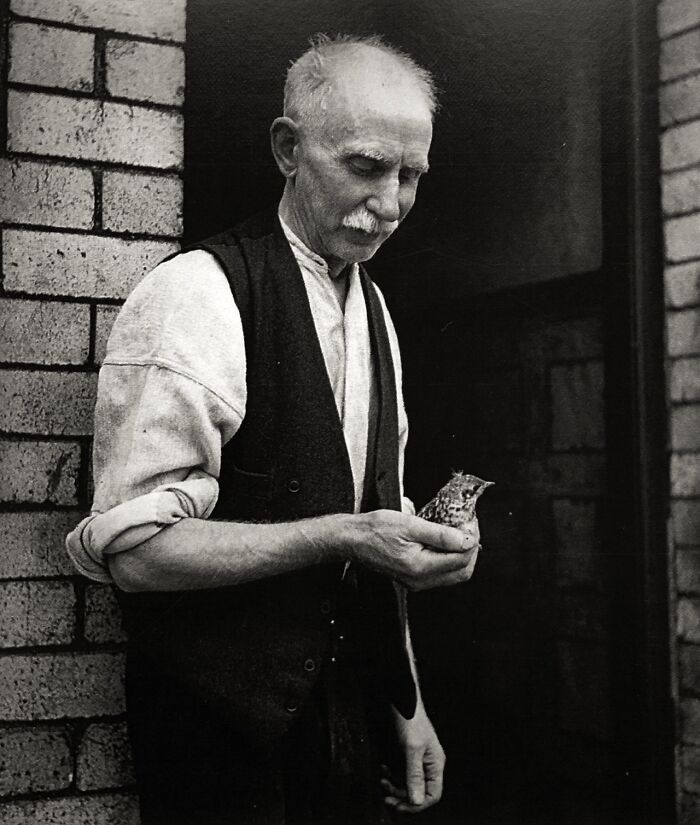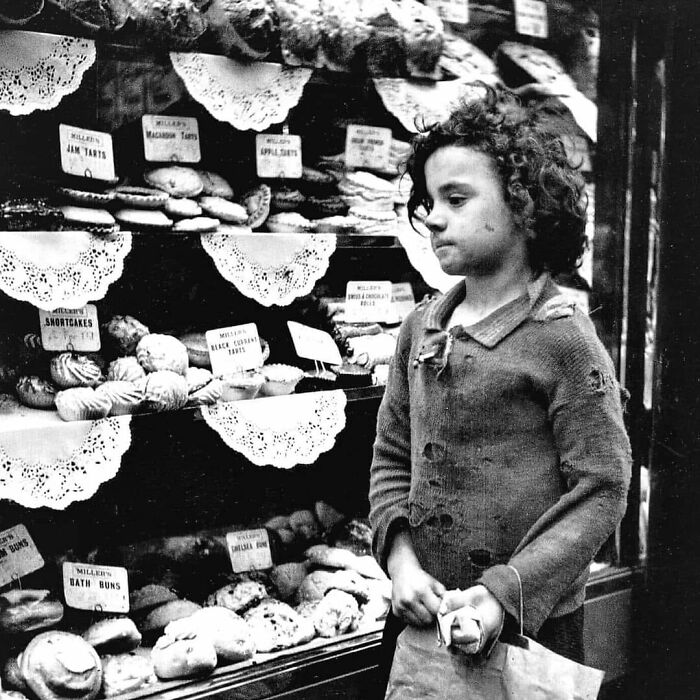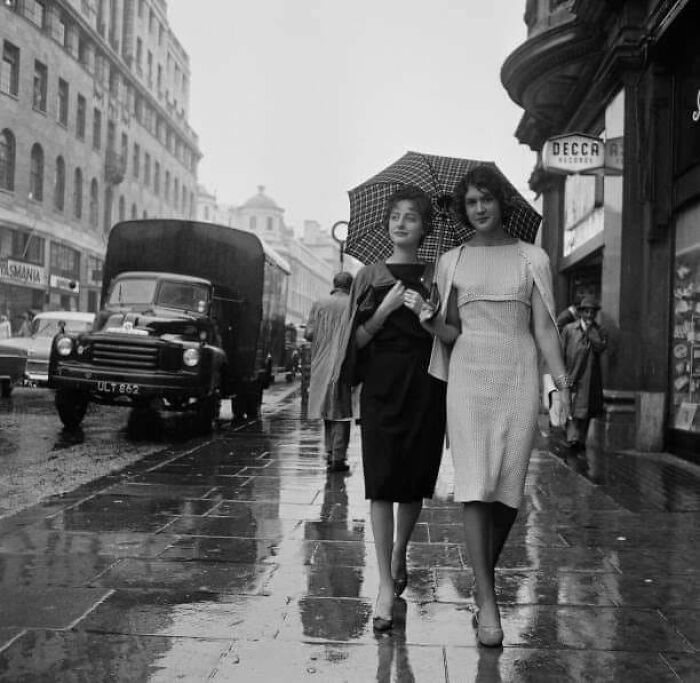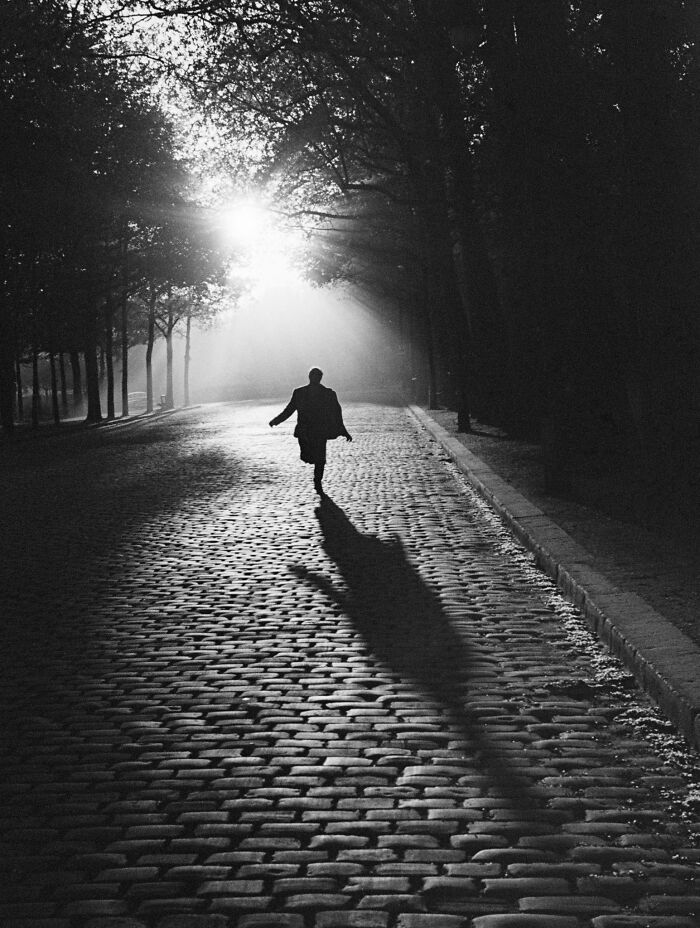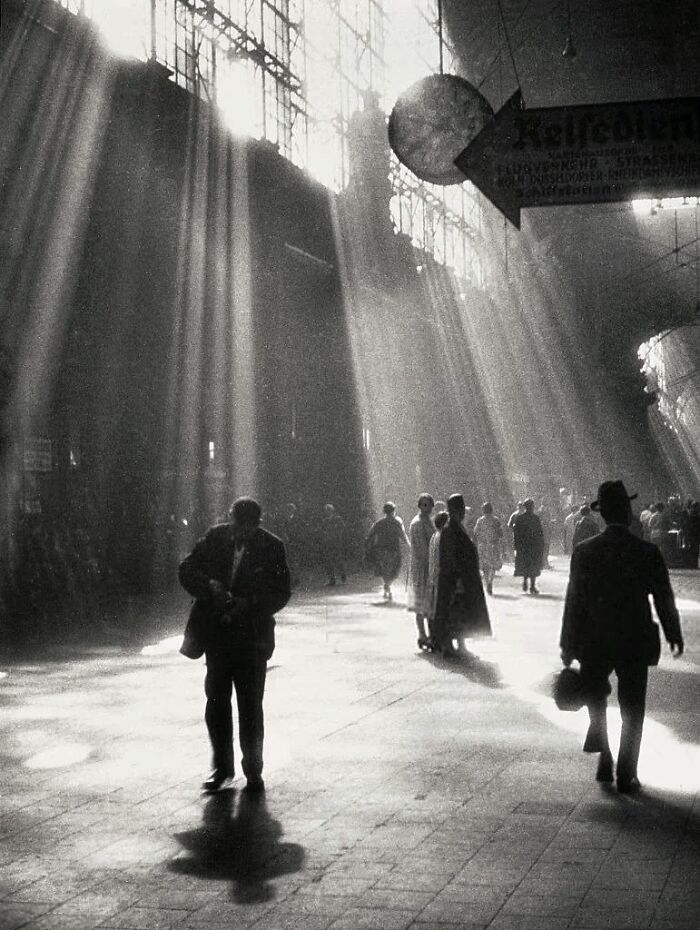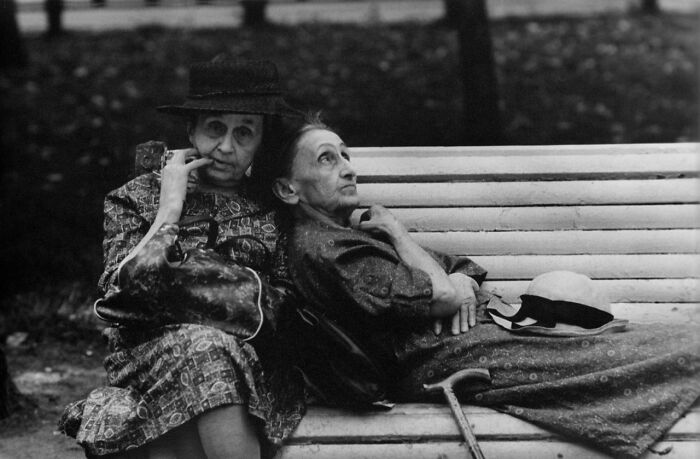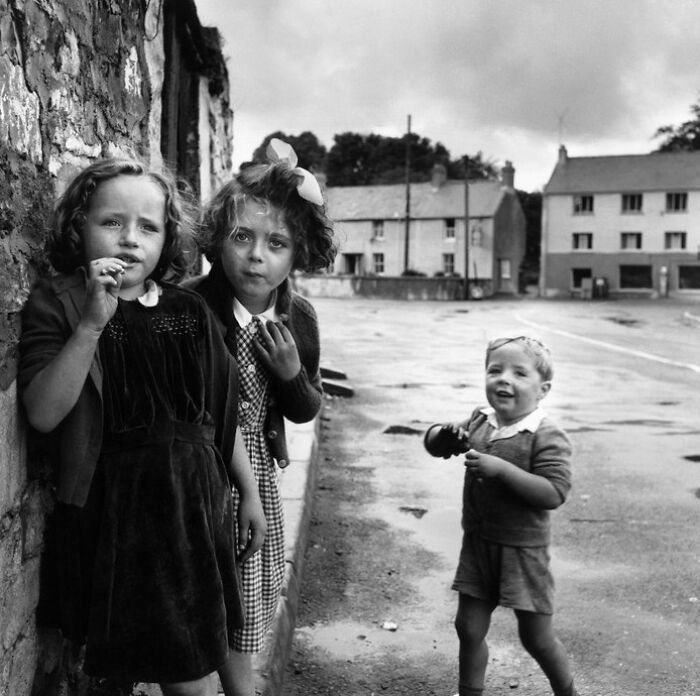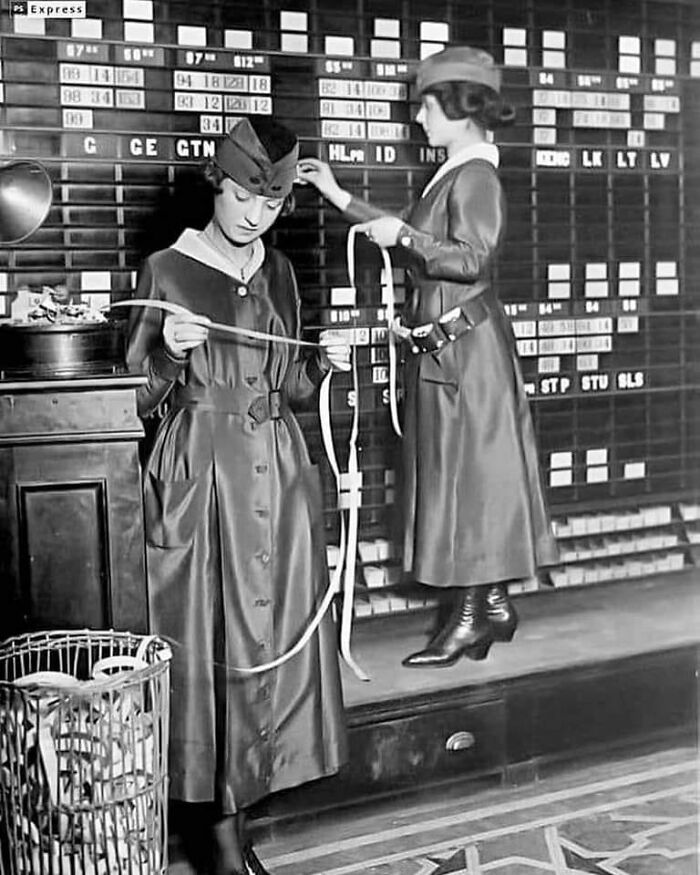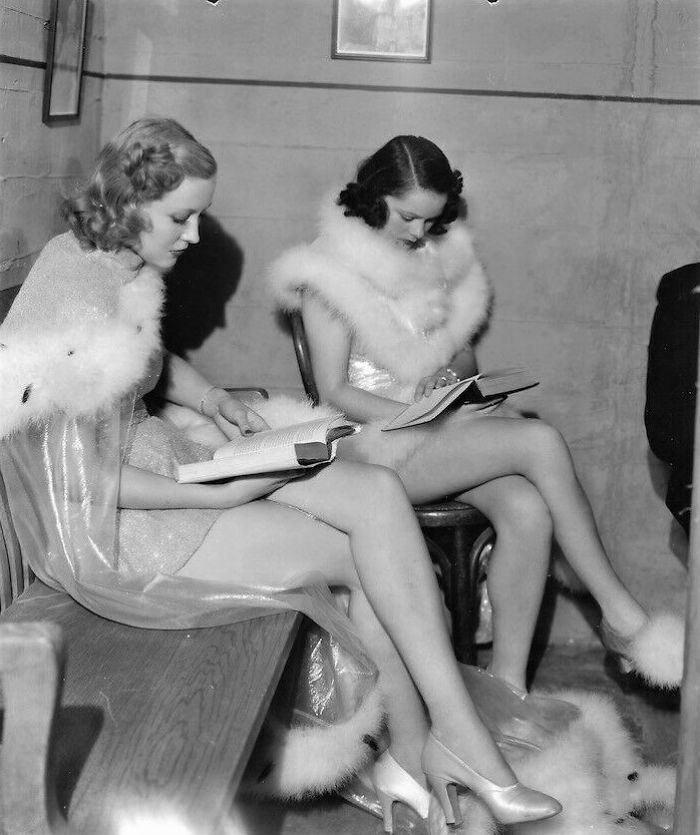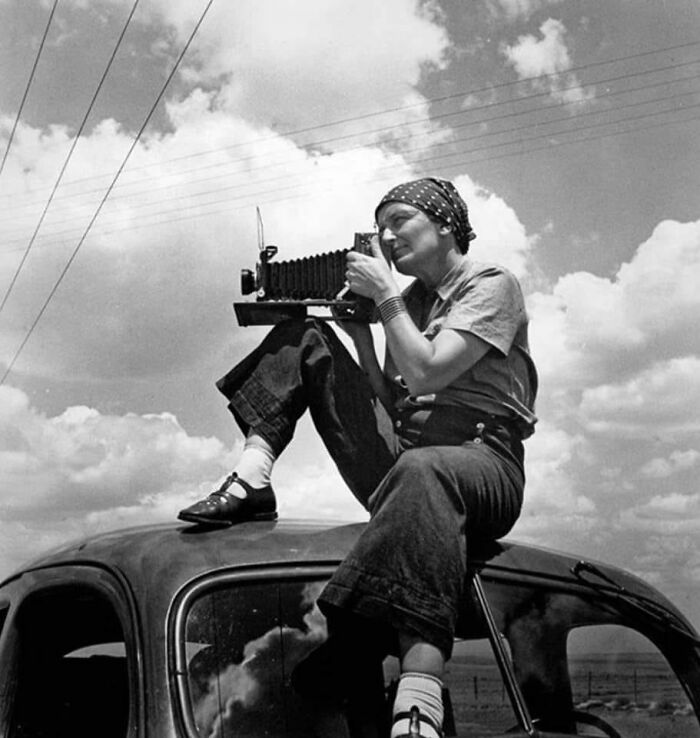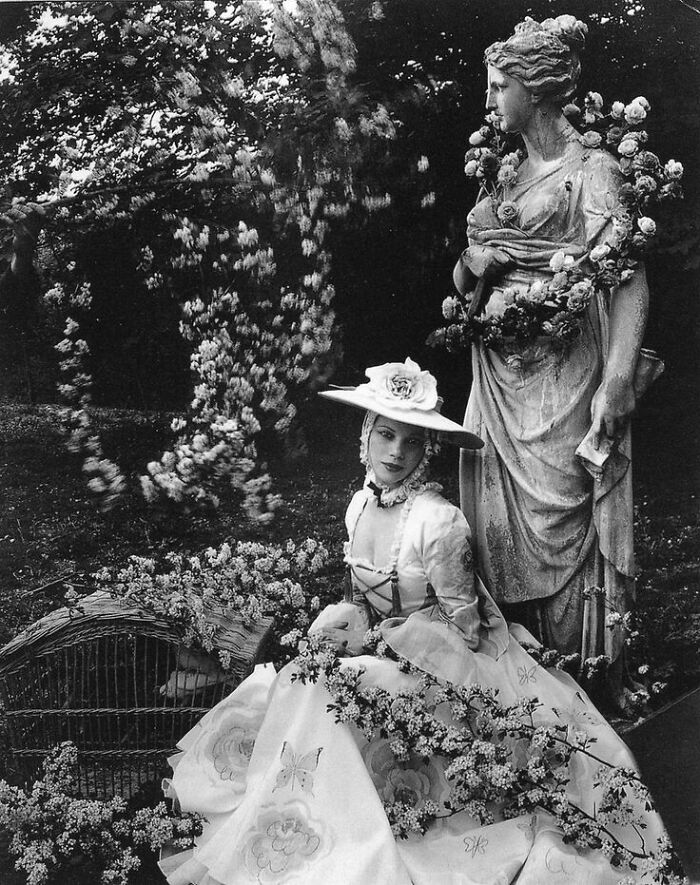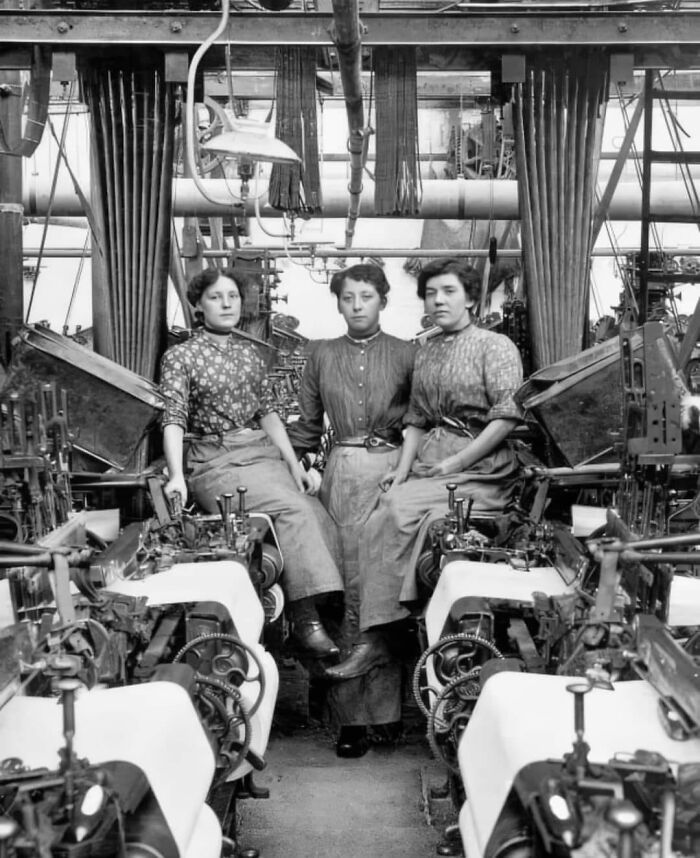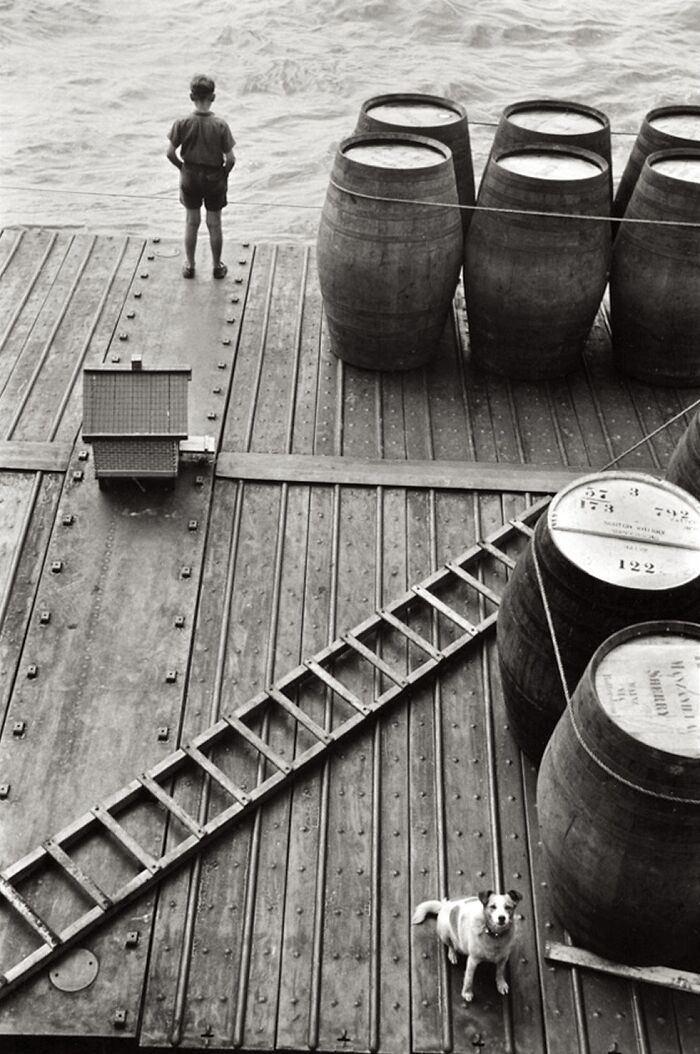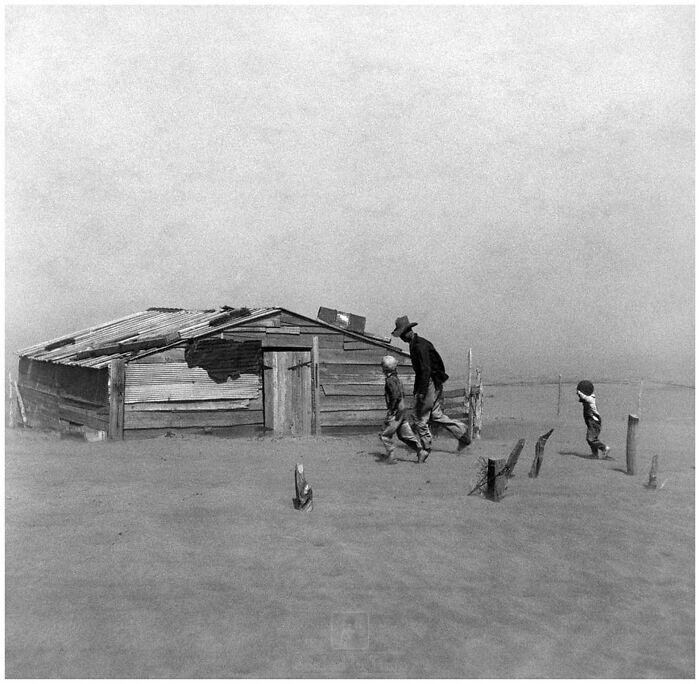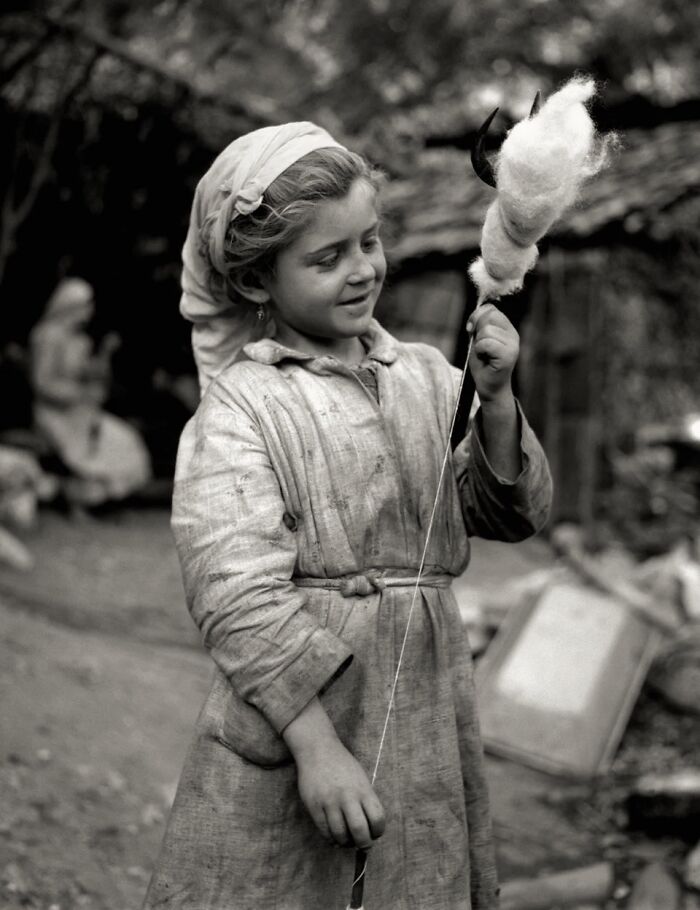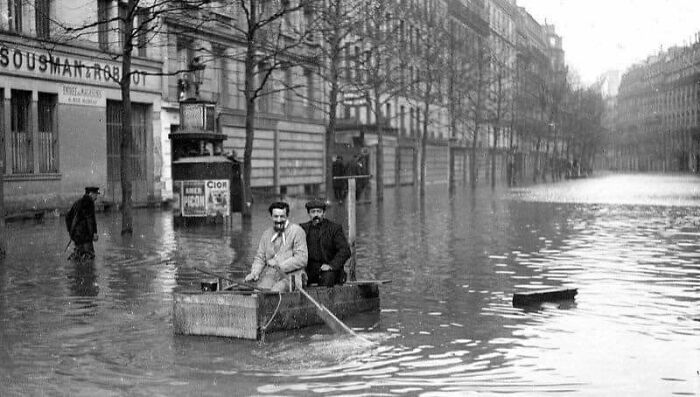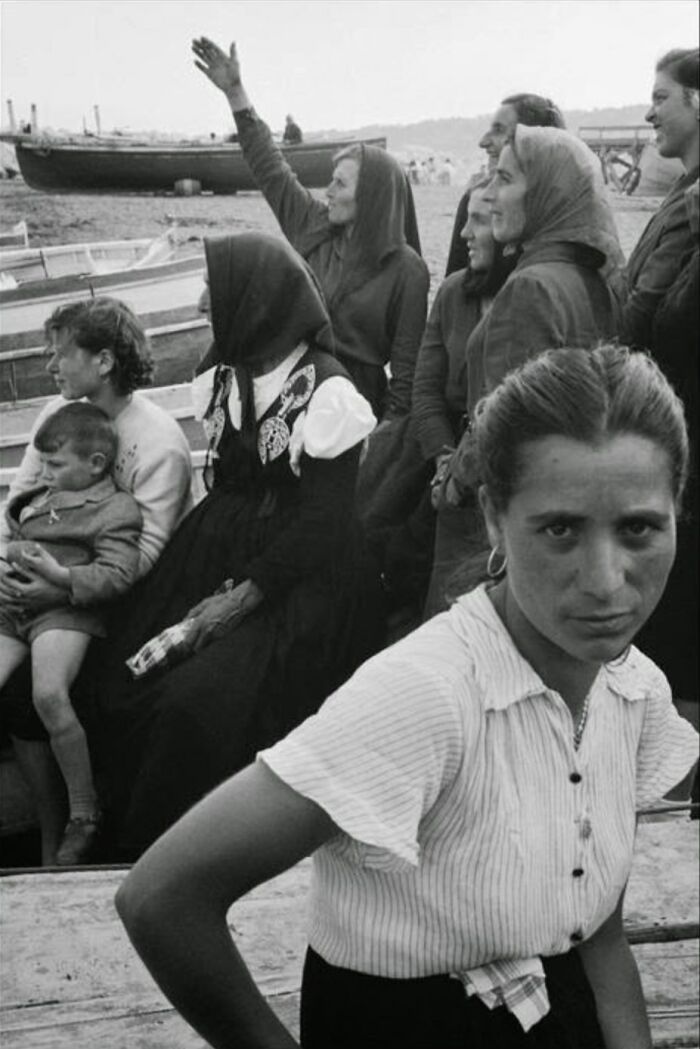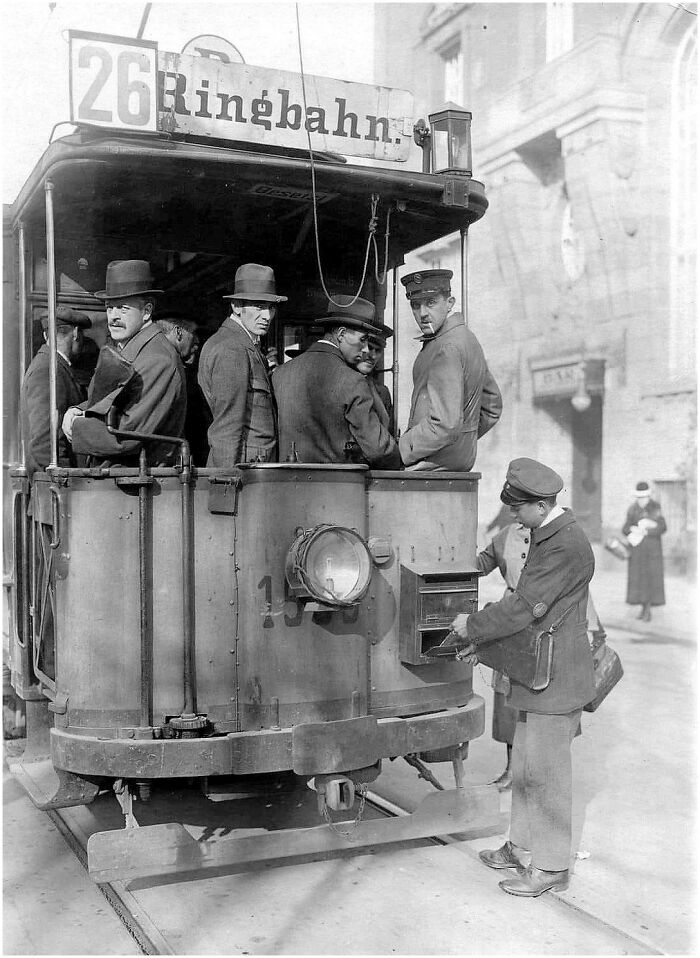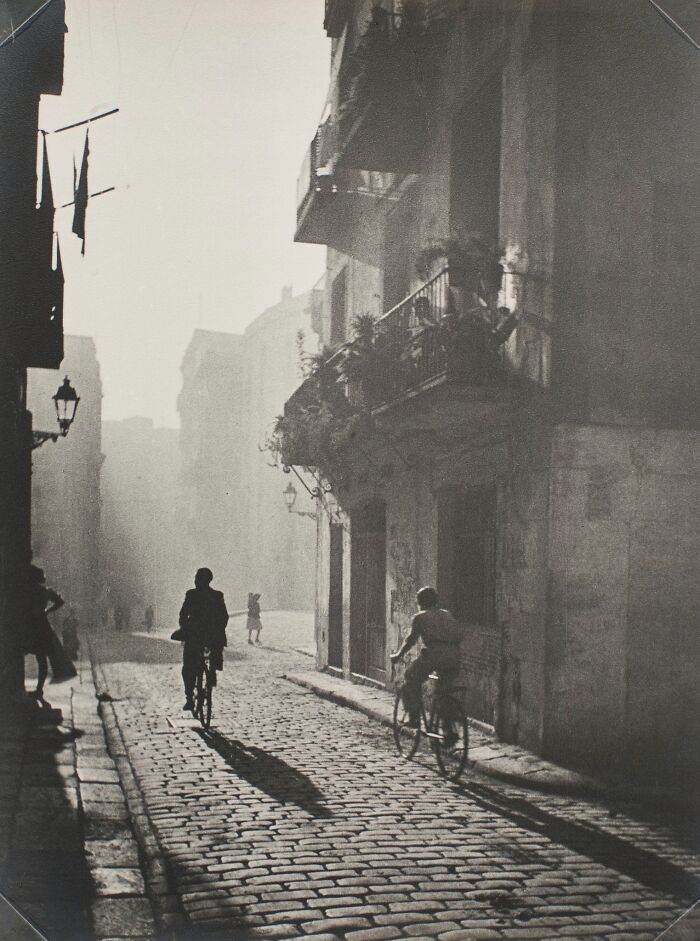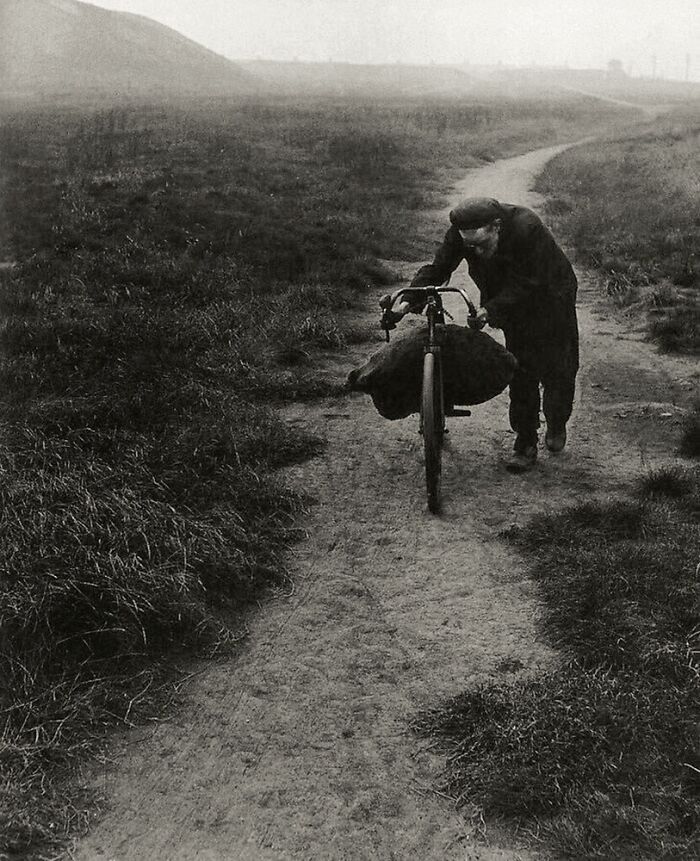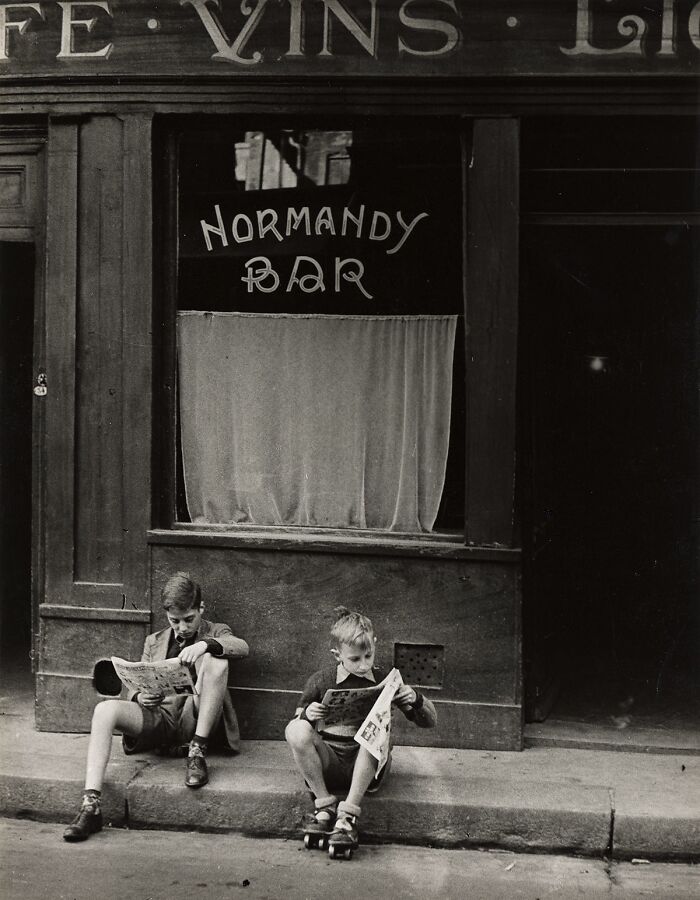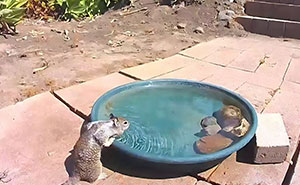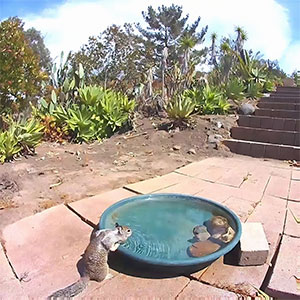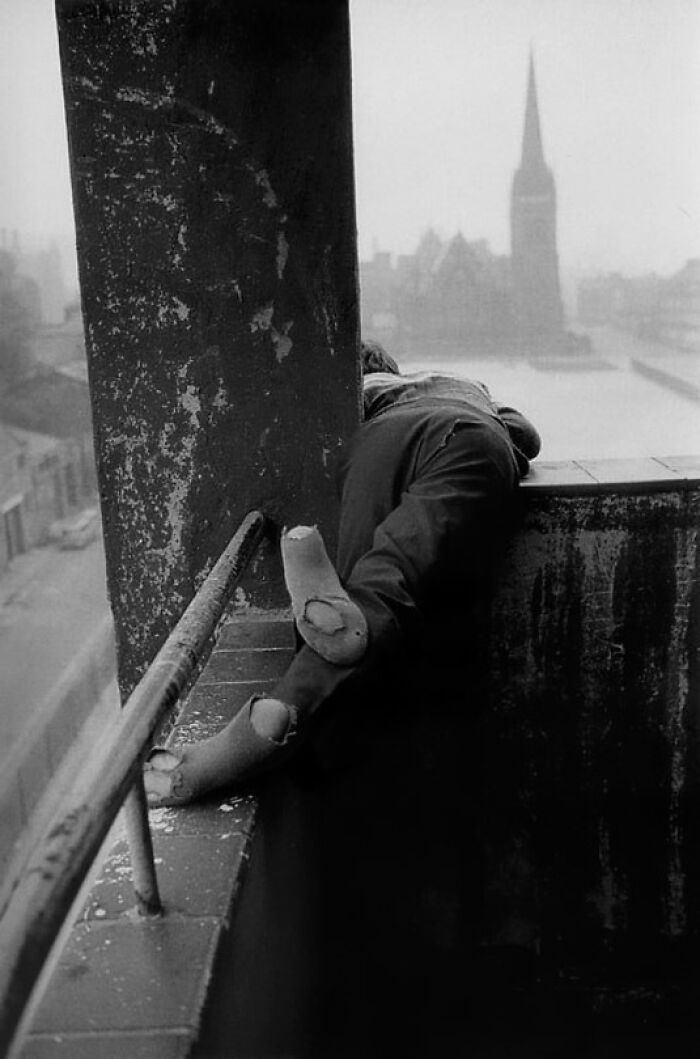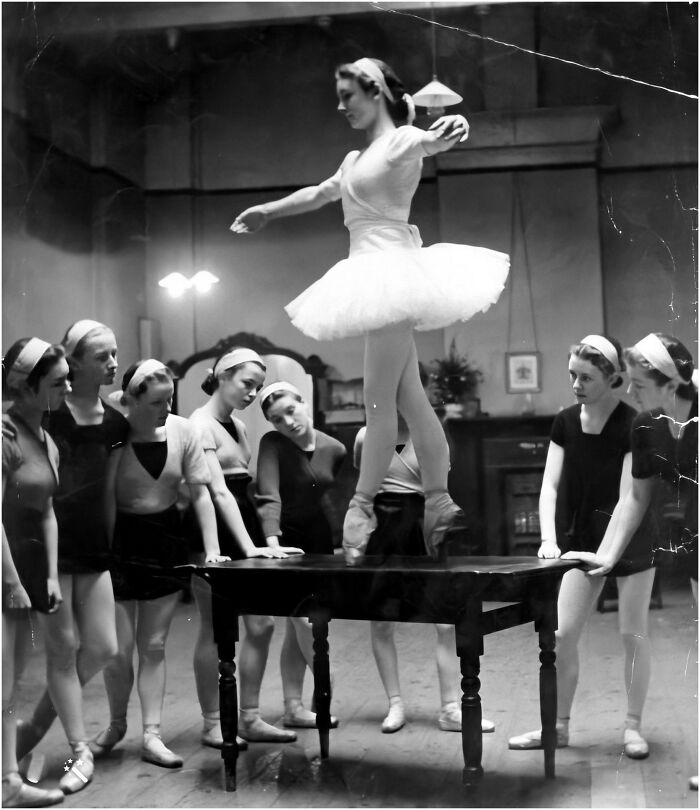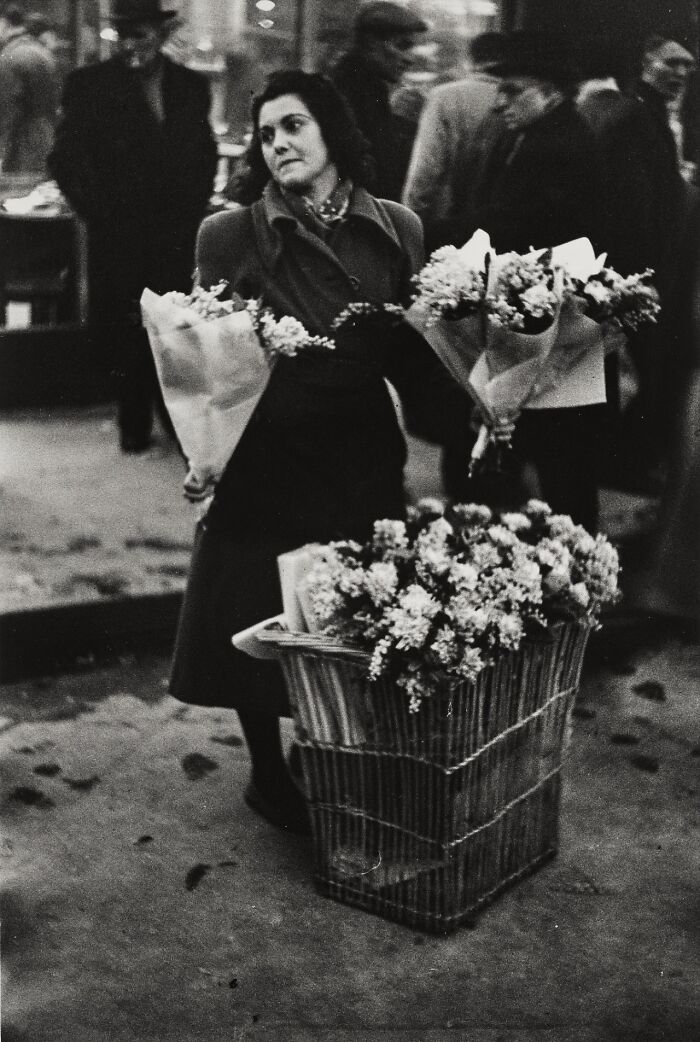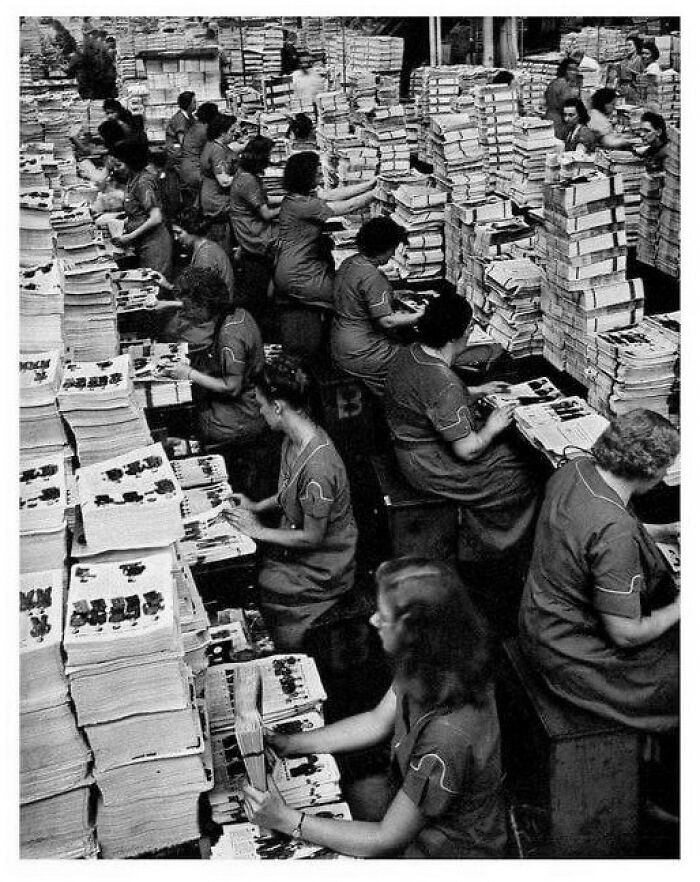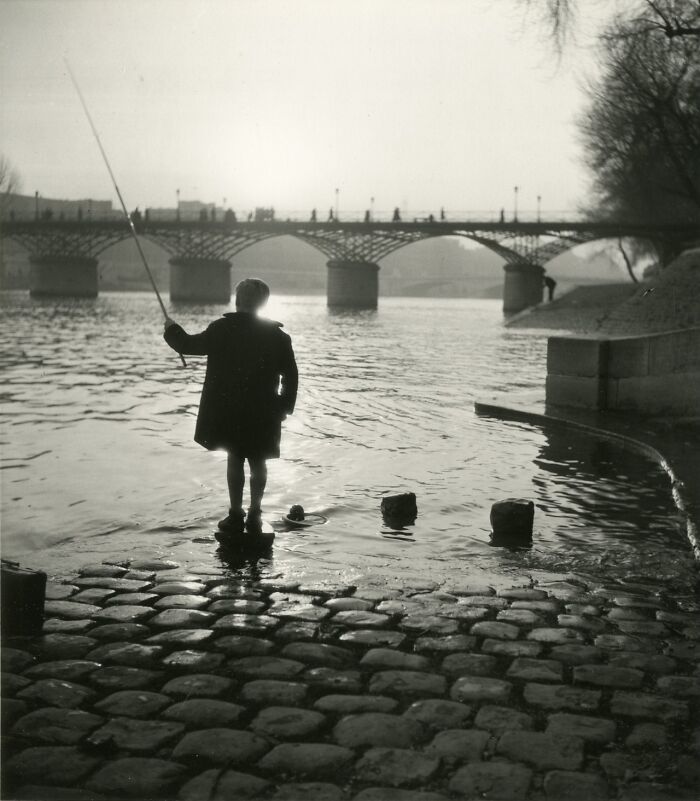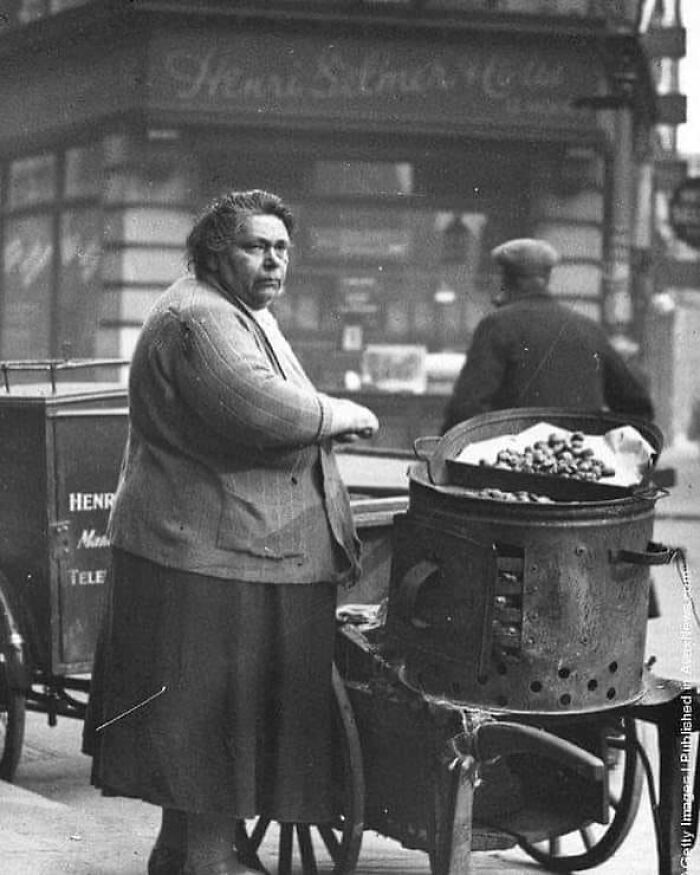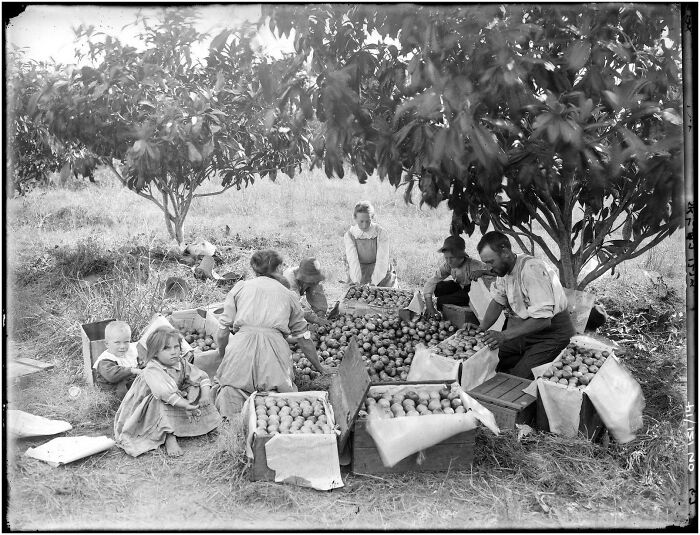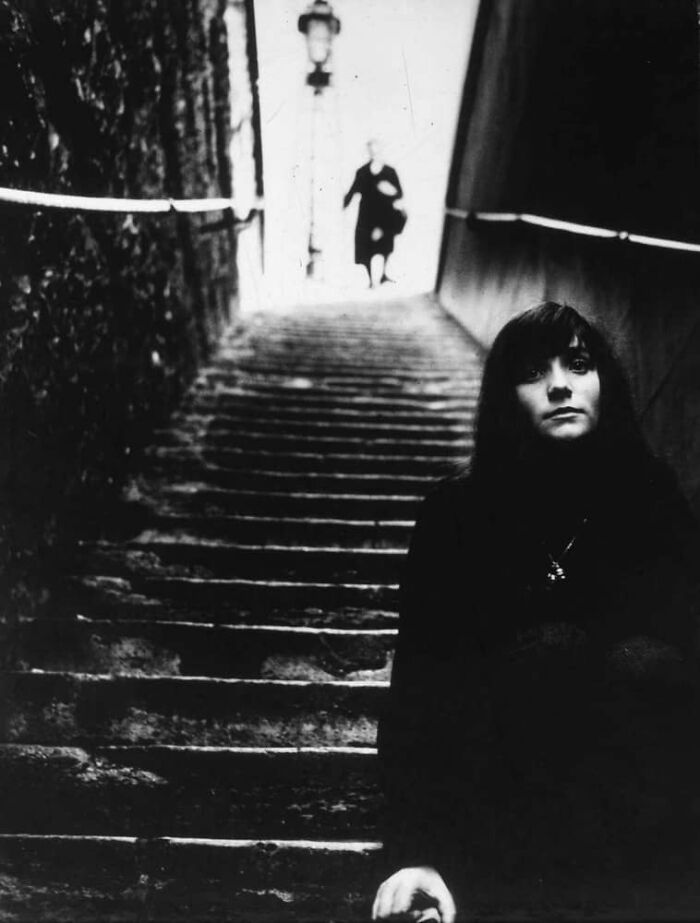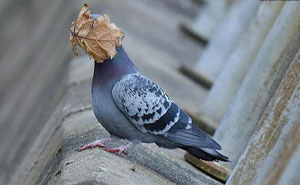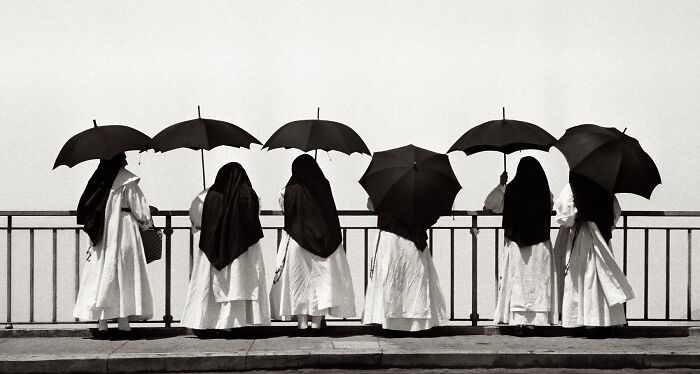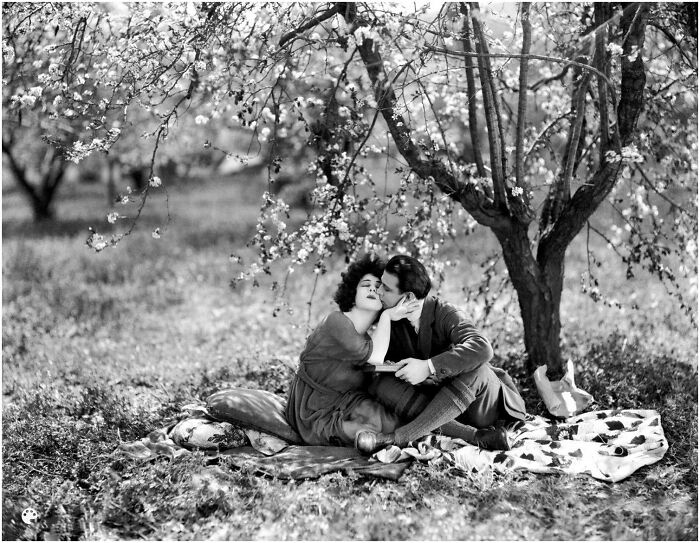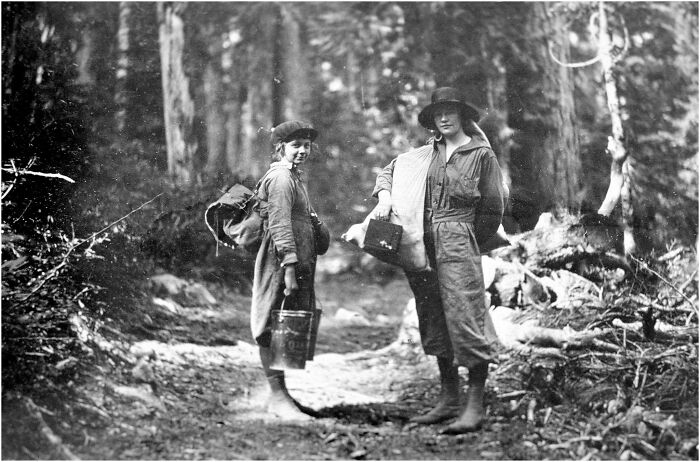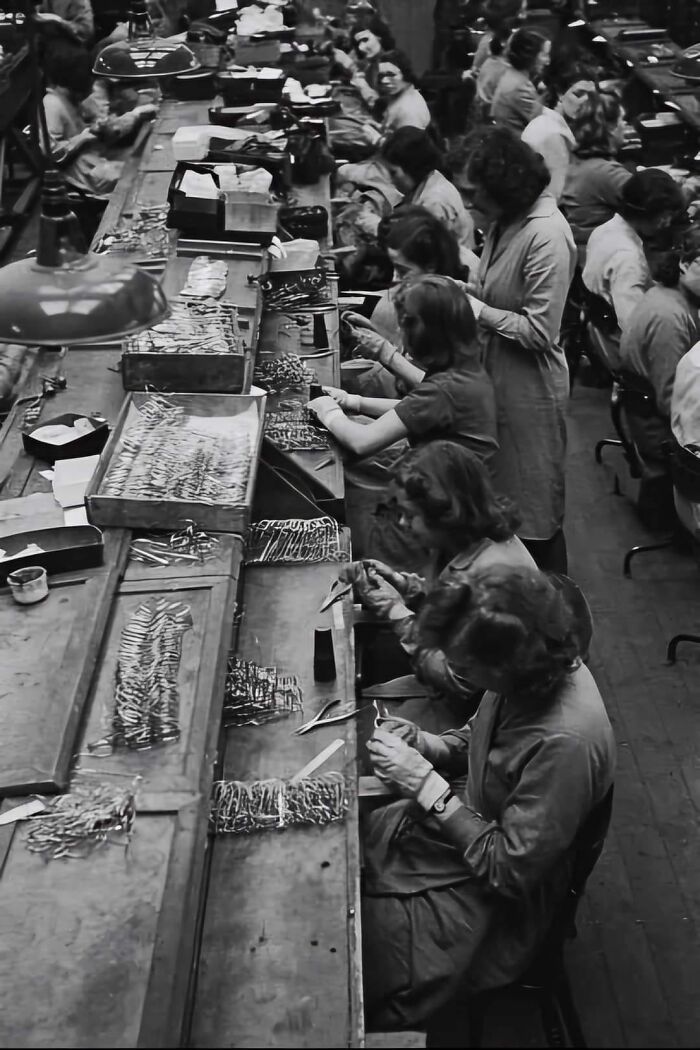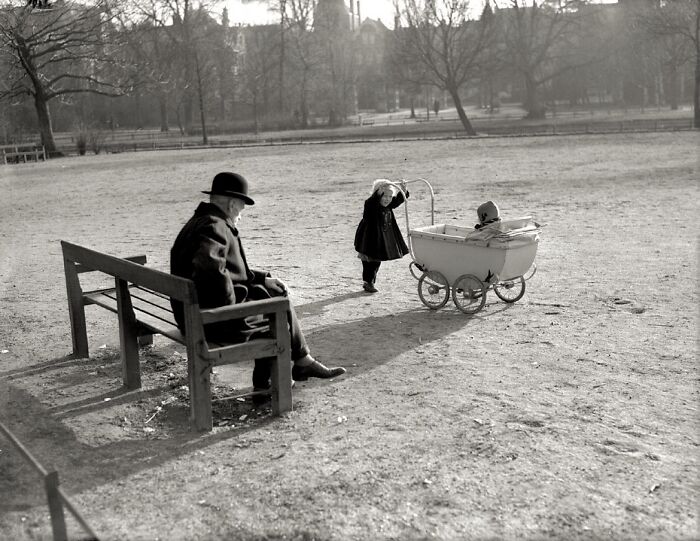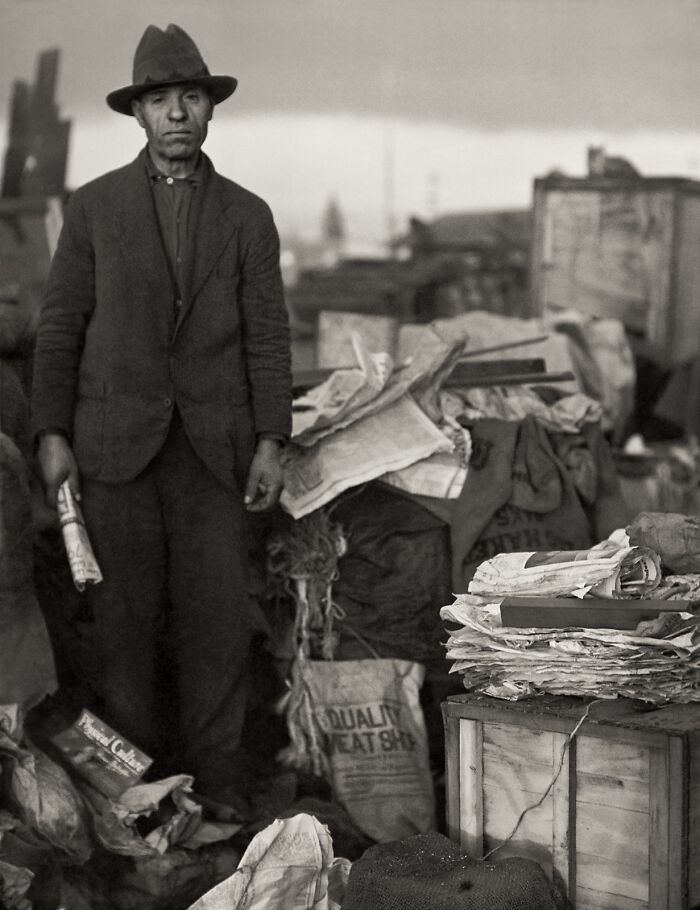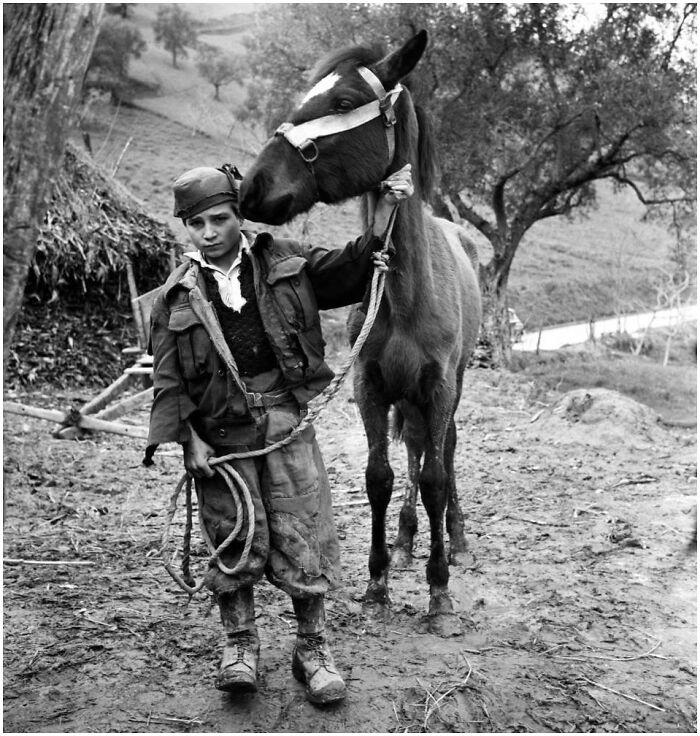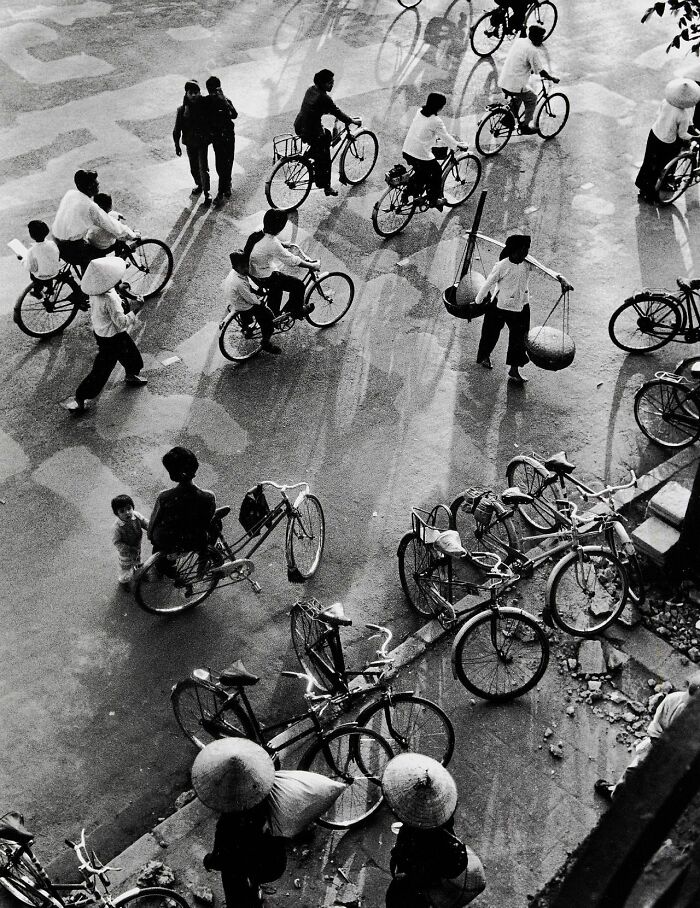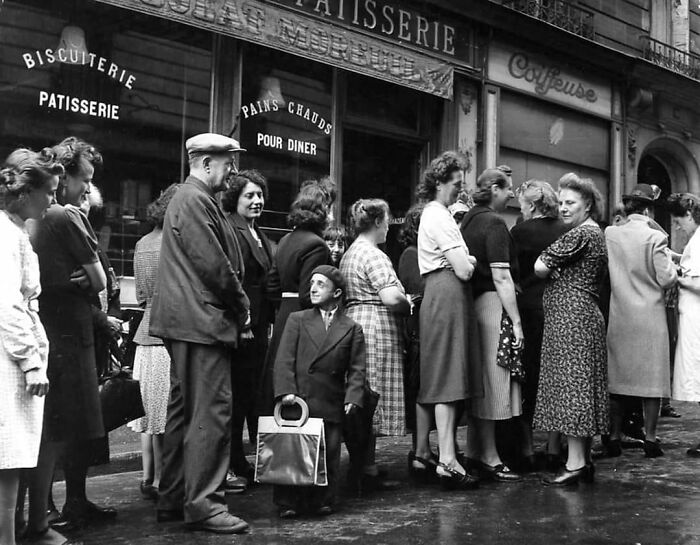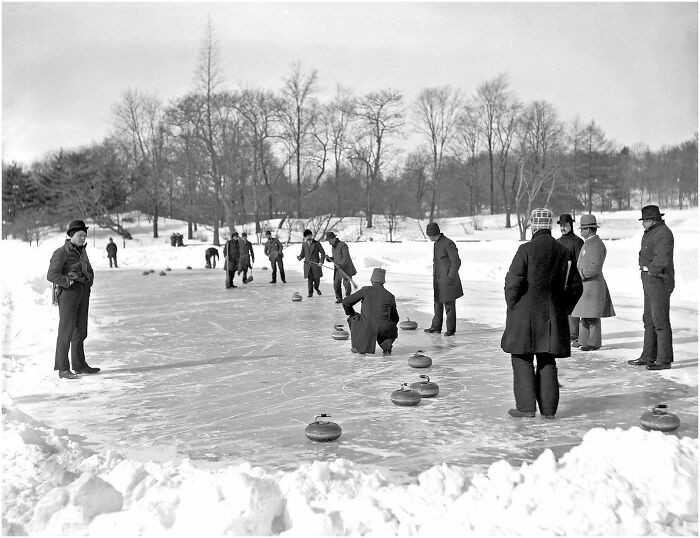Nowadays, almost anyone can be a photographer. An amateur one anyway. And you don’t even need to carry a camera or professional equipment. A mobile phone with photographic capabilities will do just fine. But it wasn’t always that way. A group of highly talented photographers came before us, paving the way as they played with light around them. Facebook page History Photos Sealed In Time is a gorgeous gallery of “historical and vintage photos from around the world”. Bored Panda has put together a list of our favorites. Keep scrolling for a captivating journey through the days of darkrooms and daylight color film. And learn a bit more about the days before digital photography. In essence, Nicéphore Niépce created the first camera that could properly capture an image and seal it in time. He had been playing around for a while. But at first, his images didn’t “stick”. In the early phases, he experimented with how a negative image could be created on paper coated with silver chloride. But those would always end up fading. His first photo was a view from the window of his estate in Burgundy, France. It required an exposure time of around 8 hours. And while Niépce’s images were blurry, they paved the way for the sharper, more professional photographs we can enjoy in this compilation. And voila! A permanent image, or daguerreotype, was left behind. But the images were still all mirror images, or in reverse. After trial and error, Daguerre managed to reduce the exposure time to just a few seconds. It was a turning point in the history of photography, and catapulted cameras into the commercial arena. Following that was George Eastman’s creation of the first roll of Kodak film in 1889. Suddenly people could take multiple photos one after the other. And photographs didn’t have to be individually processed. It was the beginning of snapshots, as we know them now. When Thomas Edison later added perforated edges, we were gifted with the 35mm format that dominated the industry for years to come. Kodak was once again on the frontlines of film advancement. And released Kodachrome in 1936. Unlike monochrome, or black and white, the film had multiple layers and allowed photographers to bring their work to life with a range of vibrant colors. Follow Bored Panda on Google News! Follow us on Flipboard.com/@boredpanda! Please use high-res photos without watermarks Ooops! Your image is too large, maximum file size is 8 MB.
